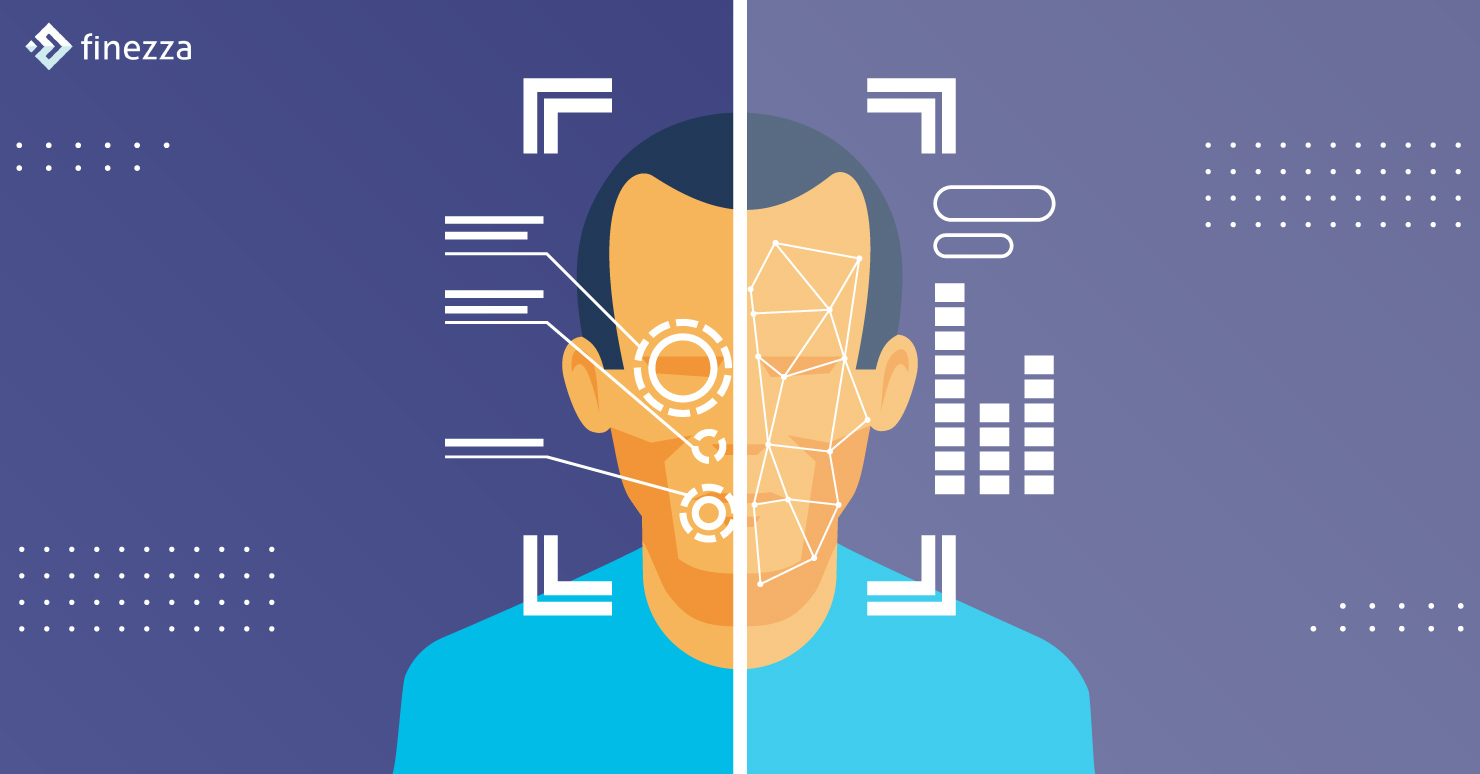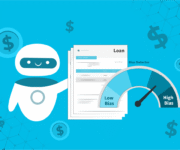The Fintech industry is leading the digital transformation among all the industries. Gone are the days when customers visited physical branches of banks or NBFCs for every operational and transaction need. Today, almost all banks and NBFCs provide online services through multi-channels like web, mobile, tab, pos machines, ATMs, smartwatches, smart voice assistants, etc.
However, with an increase in digital adoption by consumers, the number of financial frauds has also increased proportionately.
As per the RBI Report for the Financial year 2019-20, the number of bank frauds has jumped more than two-fold for the year ending June-2020. The combined worth of these reported bank frauds was around 1.85 Lakh Crores.
Unfortunately, the technology available to banks and customers is available to fraudsters and cybercriminals as well. Since the financial industry is now connected globally, the complexity in tracking fraud has also increased.
Understanding Banking Frauds and Preventing Them
Below are some of the top areas in the Fintech space where fraudulent activities are on the rise.
- Forging documents and credit scores to avail big loans.
- Purchases using stolen credit cards, debit cards, passwords, etc.
- Telephone Call Scams to steal account details.
- Fraudulent Payment transactions.
- Money Laundering.
- Forging account statements for tax and loan benefits.
Whenever fraud is committed, the loss is not only born by the victim who was exploited, but the reputation of the financial institution involved in the fraudulent transaction also takes a hit. There is also a hefty penalty charged on the banks and NBFCs by financial regulators for allowing their platform to be used for fraud.
This has forced the Fintech firms to come up with solutions using advanced technologies like Artificial Intelligence (MI), Machine Learning (ML), Robotic Process Automation (RPA), etc.
Below are the top areas in which Fintech firms are coming up with advanced solutions to detect and prevent frauds.
1. Automated Bank Statement Analysers during KYC
The best time to prevent fraudsters from exploiting the platform is to screen them well during onboarding itself. Most of the banks and NBFCs ask for bank statements of the potential borrowers at the time of onboarding. Analysing the bank statement in detail gives a lot of information about the customer’s financial behaviour.
Traditionally banks employ hundreds of employees to assess a borrower’s income and spending patterns based on the transactions available in their bank statements. But manually going through pages of bank statements is tedious and prone to human errors or, at times, even subjective biases.
This is where the automated bank statement analysers, called BSA engines, come to the rescue. A lot of Fintechs are now involved in creating intuitive and dynamic rule-based automated BSA solutions.
Below are some of the parameters an automated BSA can look for in the bank statements. All these are characters of fraudsters that need to be analysed further by the banks and NBFCs.
- Cheque Returns
- Charges and Penalties
- Circular Transactions
- Multiple smaller credits
- Frequent Cash Deposits
- Frequent Cash Withdrawals
- Equal Debits and Credits
- Disproportionate Foreign Transactions
2. Leverage Digital Footprint data during customer screening
Traditionally, the products used by banks and NBFCs for customer screening check the creditworthiness of the potential borrower by accessing a person’s CIBIL score from the credit bureaus. When a borrower has a good financial record or CIBIL score, that can be used as a reliable indicator of one’s creditworthiness.
But there is a massive unbanked population in India, who do not have much financial history. New borrowers can leverage digital footprint data as almost everyone carries a smartphone today and carries out digital transactions.
Fintech products used for customer screening can use enhanced technologies like data mining, analysis, and machine learning to use the digital footprint data and compare it with a fraudster’s behaviour to arrive at a more accurate creditworthiness score.
3. Prevent payment frauds using multi-factor authentication and biometrics

With the wide variety of banking channels like physical, telephonic, online, mobile, ATM, POS, etc., banks can no longer have a simple user id and password as the authentication technique.
Making payments and purchases using stolen credit cards, debit cards, or online banking credentials is getting popular. Even though most payment systems use additional authentication like One Time Password (OTP) for every debit transaction, it is not always fraud-proof.
In case the mobile phone is also stolen, it becomes easy for the fraudster to commit a financial crime. This is where digital payments are playing the role of a game-changer. With digital wallets, there is no need to expose one’s credit and debit cards to anybody. Digital payment systems can also use advanced biometrics that cannot be forged to authorise the transactions in addition to the regular authentication methods.
4. Advanced Transaction Monitoring and Instant Notification
Banks and NBFCs can use Fintech products built using AI and Machine Learning algorithms to trace customers’ transactional behaviour. If any transaction is abnormal, the transaction is to be allowed only after additional authorisation from the customer.
This way, even if a fraudster uses a customer’s stolen identity to do a transaction, based on the nature of the transaction, geography, time, and the amount involved, the transaction engine can trigger additional authorisation before allowing the transaction.
5. Balance Sheets and Tax Statement Analysers for SMEs and Corporates
When corporates and SMEs seek business expansion loans, the main documents any bank or NBFC seeks are the balance sheet and tax filing documents. Since the balance sheet formats are almost the same for all registered firms, Fintech can build smart products in lines of BSAs, scan through the balance sheet, tax filing, and look for any anomalies.
Since this process needs meticulous analysis, this can be done flawlessly and efficiently by an automated tool. This way, banks can identify any forged balance sheets quickly.
6. Avert Phishing Attacks by Building Firewalls in email and text servers
Phishing attacks (using fraudulent communications through emails, text messages, etc.) are commonly used by fraudsters to steal customers’ financial information. Fintechs can build advanced firewalls that can be integrated with email inboxes and text message boxes. They scan through emails and alert the customers whenever they click on a link from the emails.
In conclusion, fraud detection and prevention is a continuous process. Like how the fraudsters keep coming up with newer ways to outsmart the financial products, the Fintech industry is also evolving with the introduction of newer products using advanced technologies like Artificial Intelligence, RPA, etc., to prevent and detect frauds.
As technologies evolve, financial products that consume these technologies are also expected to improve and become more efficient to the financial industry to build a digital fortress that is safe and secure from fraudsters.
Finezza assists lending firms in leveraging the latest technology to disburse loans and manage the entire lending lifecycle management. We have a team of tech and product veterans who have the domain knowledge and understand what matters for the financial inclusions, providing financial solutions to all fintech companies looking for AI-driven growth.
Contact us today to find out more about our services!




Leave a Reply